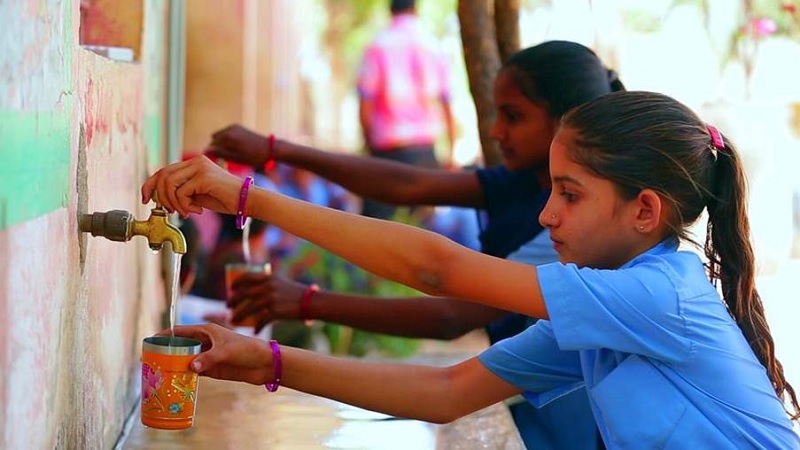
Introduction
Access to clean water is not just a basic necessity but a crucial determinant of health and educational outcomes, particularly in school settings. In India, where sanitation and water quality challenges persist, ensuring clean water storage in schools can significantly impact student attendance, health, and overall academic performance.
Importance of Clean Water Availability in Schools
Clean water availability directly affects student health and well-being. Contaminated water sources can lead to waterborne diseases such as diarrhoea, typhoid, and cholera, causing frequent absenteeism among students. Moreover, inadequate access to clean water may discourage children, especially girls, from attending school regularly, as they may need to spend time fetching water from distant and often unsafe sources.
Link Between Clean Water and Student Attendance
1. Health Impact: Clean water promotes better health among students, reducing the incidence of waterborne illnesses. This, in turn, decreases absenteeism due to sickness, allowing students to attend classes regularly.
2. Time Saving: Improved water storage facilities within school premises save students valuable time that would otherwise be spent traveling long distances to fetch water. This extra time can be utilized for studying and participating in extracurricular activities, thereby enhancing overall academic performance.
3. Encouraging Hygiene Practices: Access to clean water encourages good hygiene practices among students, such as regular handwashing, which further prevents the spread of diseases and supports a healthier learning environment.

Examples of Schools Benefiting from Improved Water Storage Solutions
Several schools in India have implemented effective water storage solutions, yielding positive outcomes for students:
Bapuji Vidyaniketan High School, Karnataka: This school installed rainwater harvesting systems and water filtration units, ensuring a sustainable and clean water supply. As a result, student absenteeism due to water-related illnesses significantly decreased, contributing to improved academic performance.
Navodaya Vidyalaya Schools: These residential schools across India have prioritized water infrastructure development as part of their commitment to providing quality education. By ensuring clean water storage and sanitation facilities, these schools have seen improved student attendance and overall health.
Government Initiatives: Under initiatives like the Swachh Vidyalaya Abhiyan and Jal Jeevan Mission, many government schools have received support for upgrading water and sanitation facilities. These efforts aim to create a conducive environment for learning by addressing fundamental health needs.
Conclusion
The correlation between clean water availability in schools and student attendance and performance is undeniable. By investing in improved water storage solutions within school premises, India can effectively mitigate waterborne health risks, reduce absenteeism, and enhance educational outcomes. Schools that have implemented such measures serve as inspiring examples of how strategic investments in water infrastructure can yield significant social and academic benefits.
Moving forward, continued collaboration between government bodies, NGOs, and local communities will be essential in scaling up these efforts nationwide. Ensuring sustainable access to clean water in schools not only supports the health and well-being of students but also contributes to India’s broader goals of achieving quality education for all. By prioritizing clean water initiatives, we can create healthier learning environments where every child has the opportunity to thrive academically and socially.


